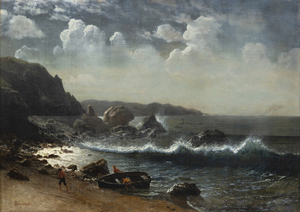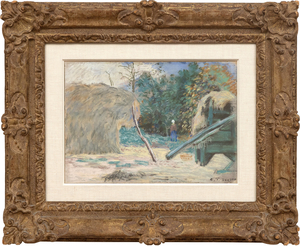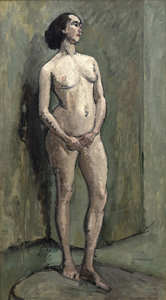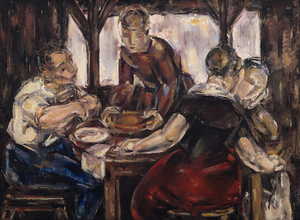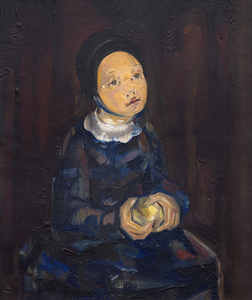CLAUDE MONET (1840-1926)
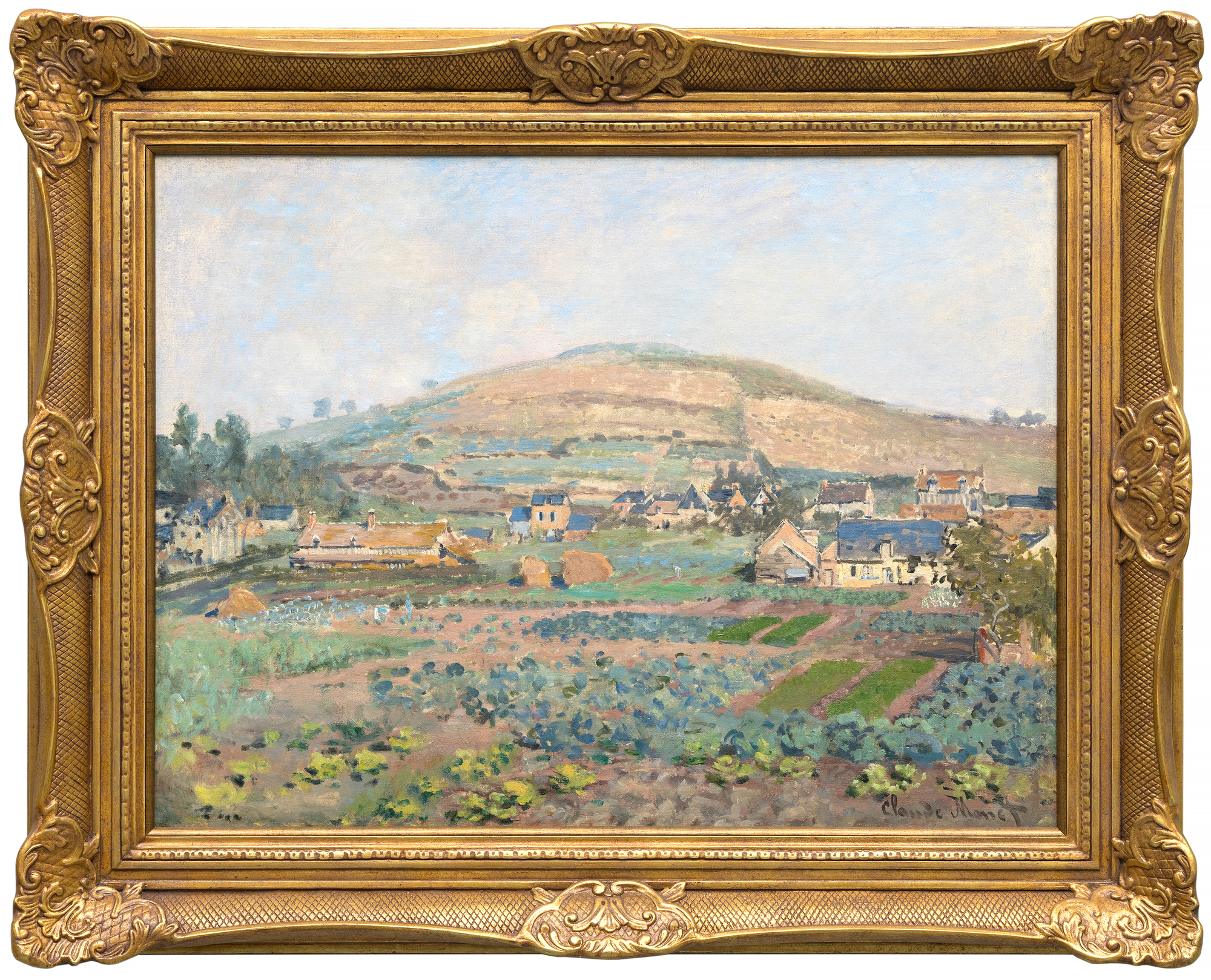
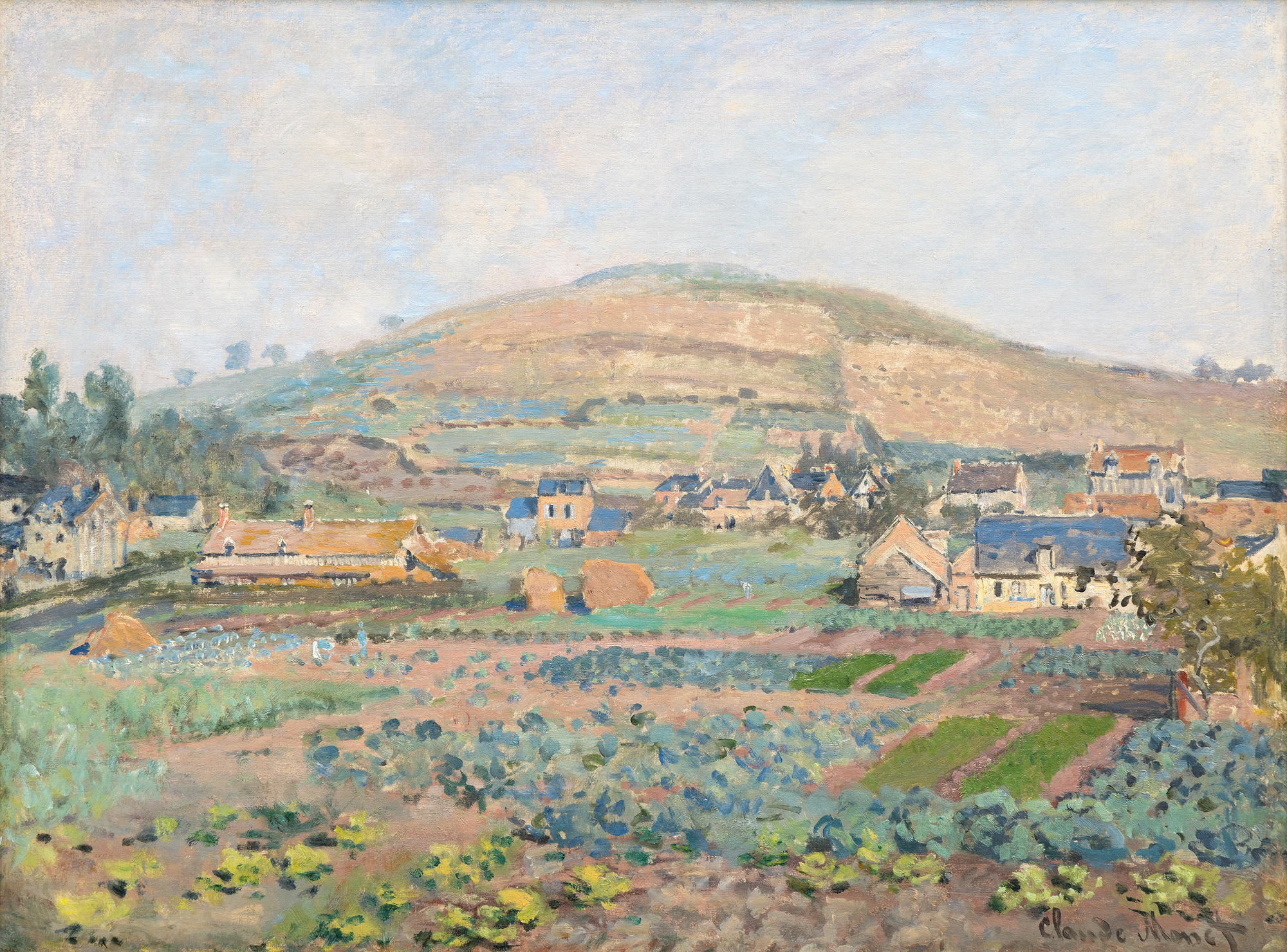
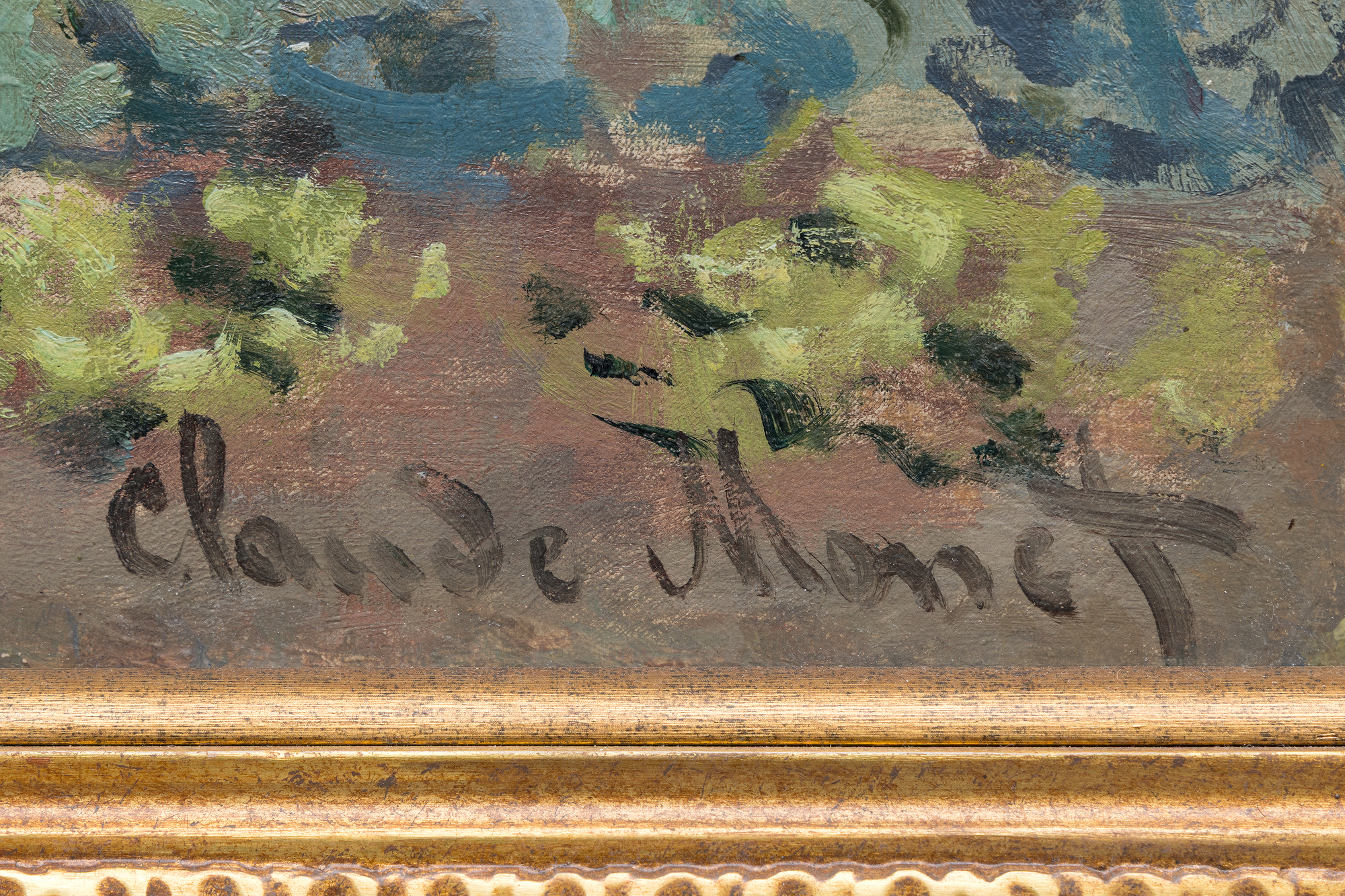
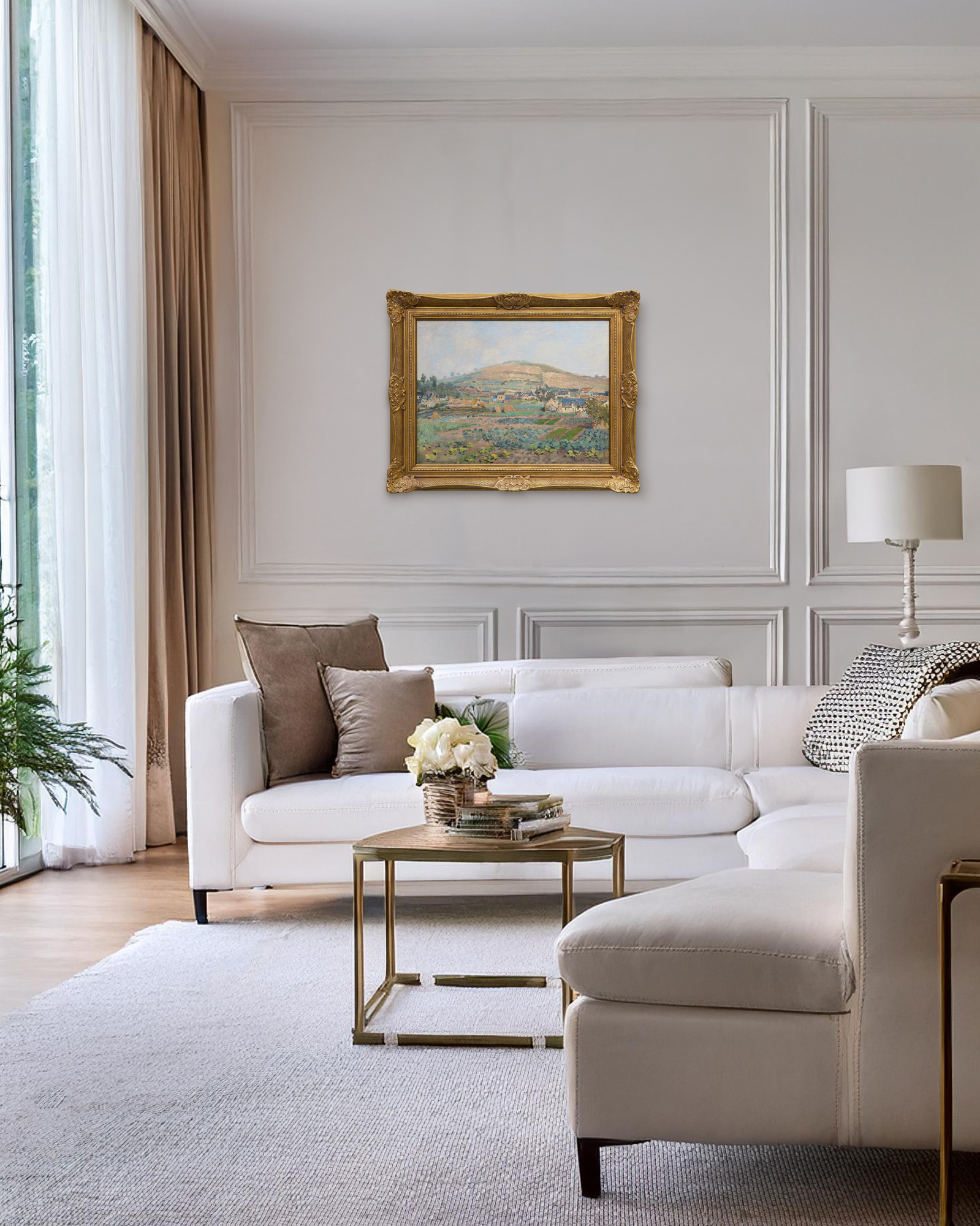


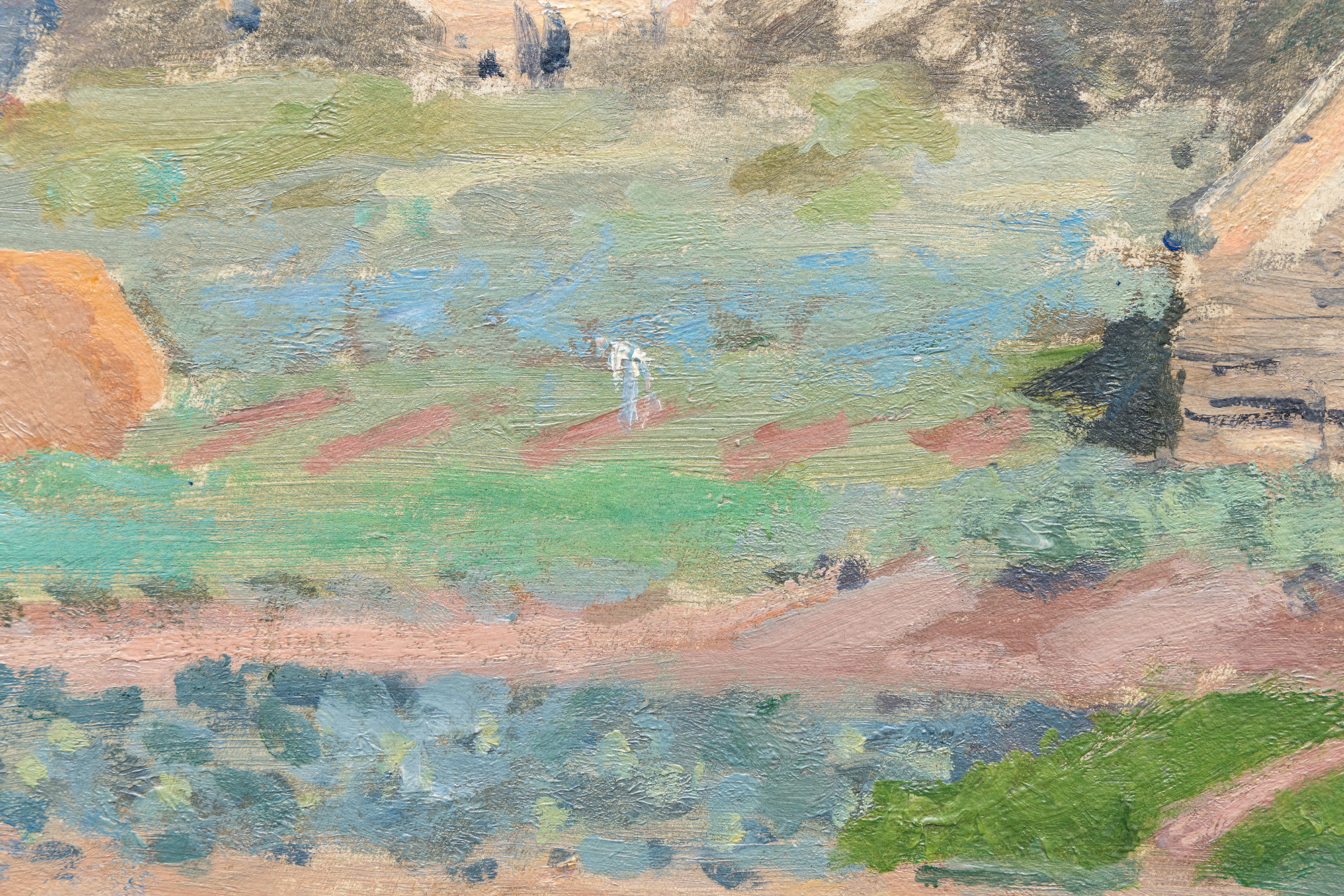
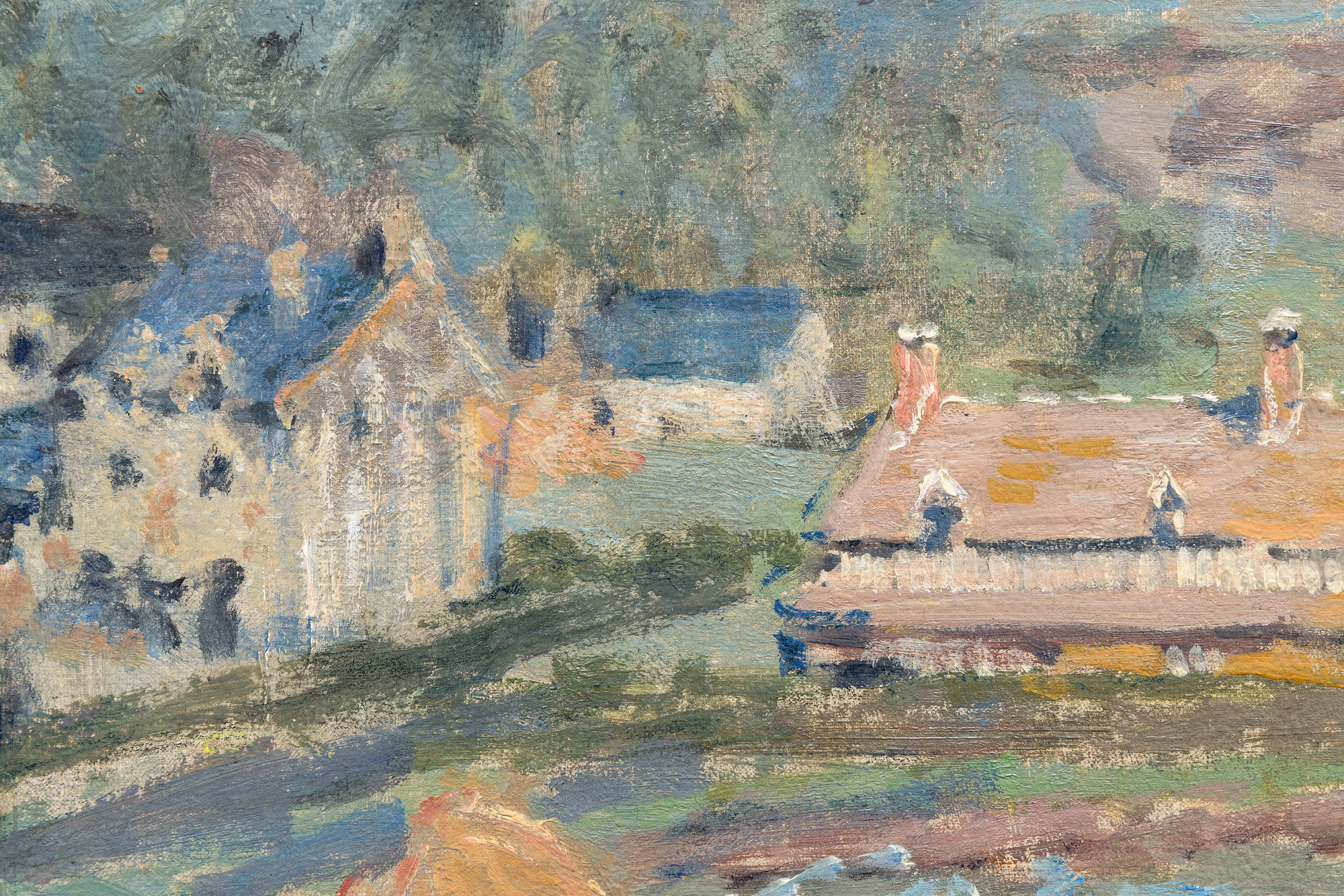
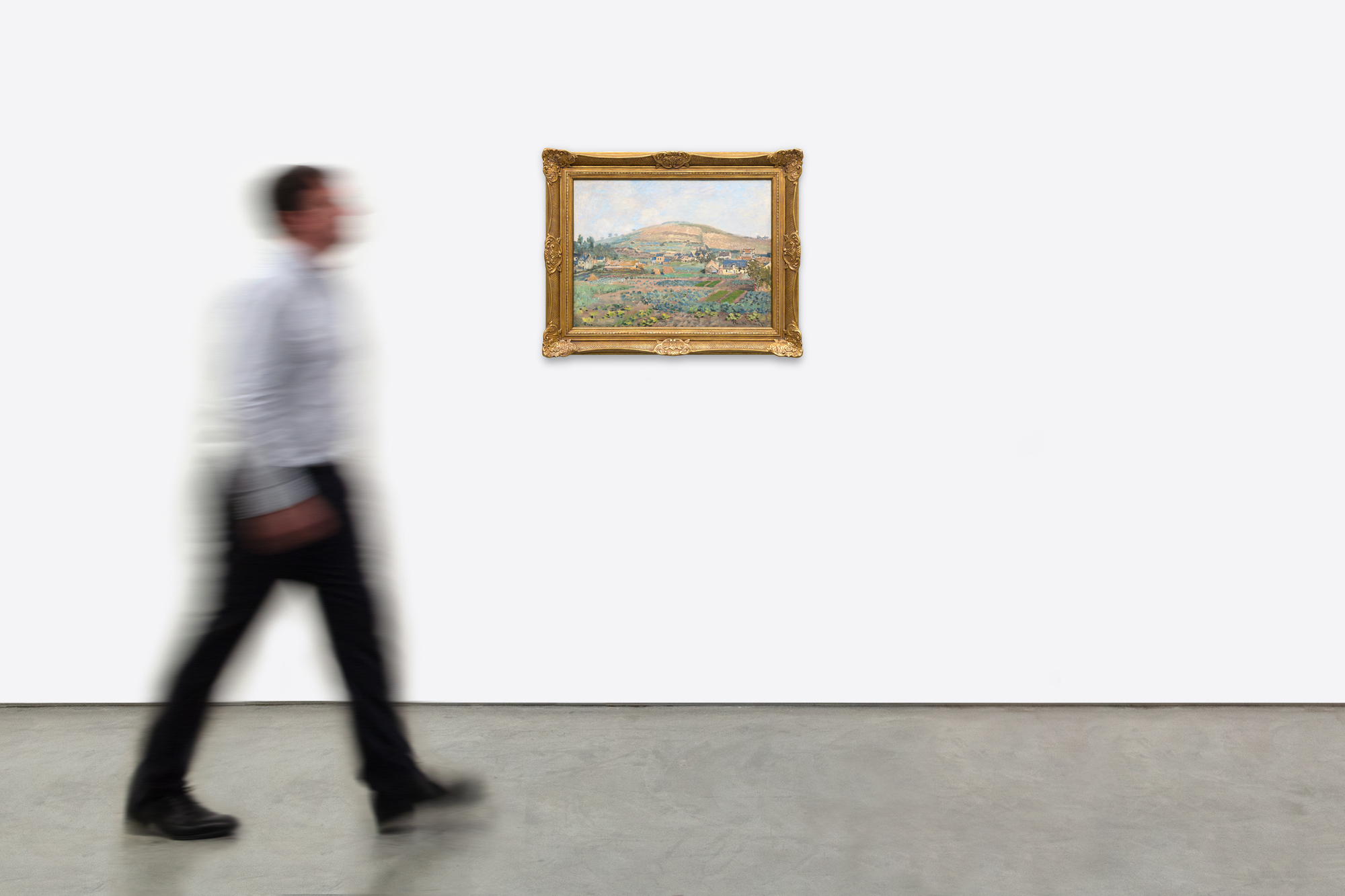
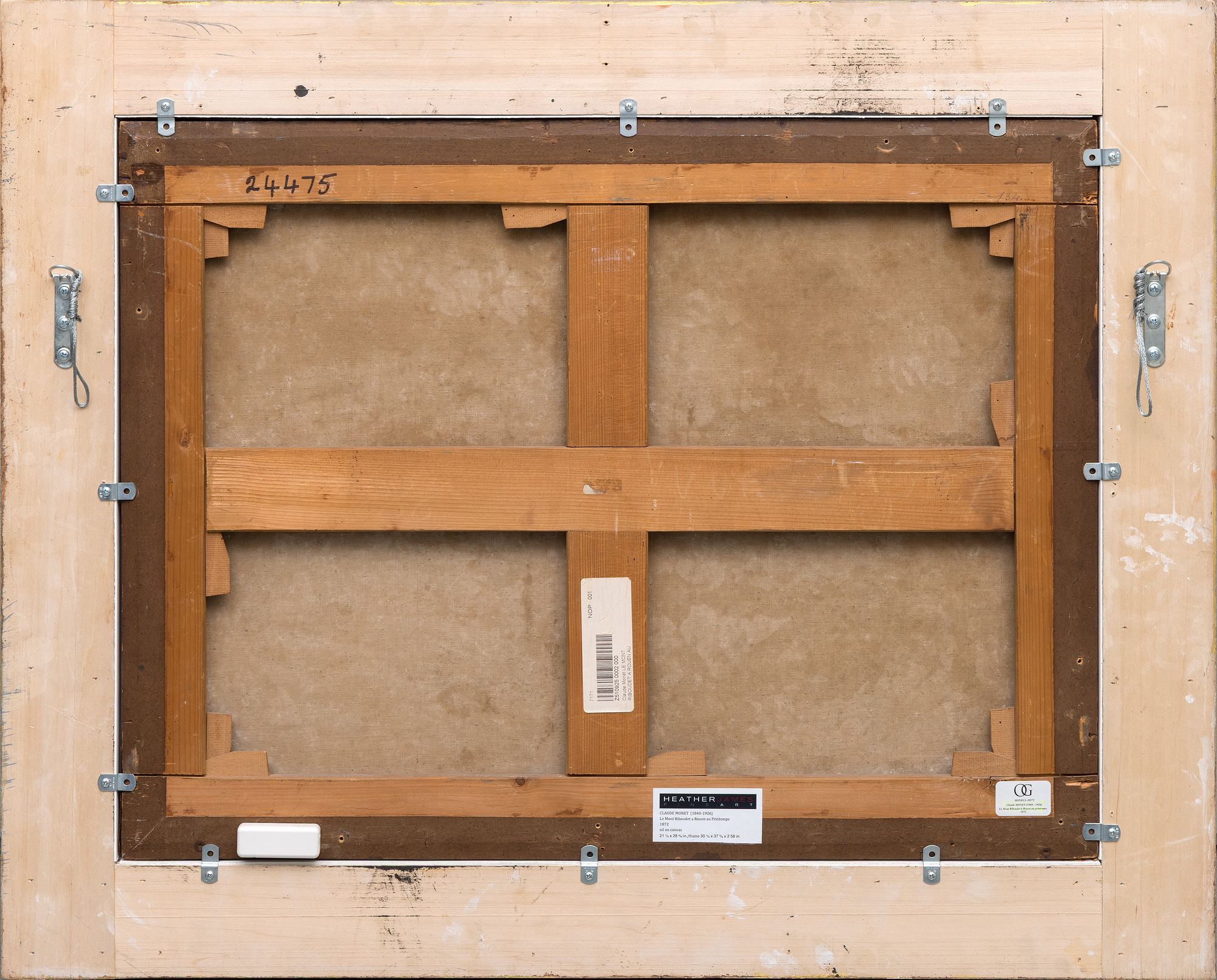
Provenance
Durand-Ruel, Paris, acquired from the Artist in February 1873Gustave Caillebotte, Paris, acquired from the above c. 1876
Martial Caillebotte, Paris, by descent from the above
Albert Chardeau, Paris, by descent from the above
Sale, Galliera, Paris, June 12, 1964, lot 94
Maurice Lehmann, Paris
Lester Osterman, New York, acquired by 1971
Wildenstein Gallery, New York
Private Collection, USA, acquired by 1975
Wildenstein Gallery, New York
Private Collection, acquired from the above by th...More...e family of the present owner
Private Collection
Literature
Henri Perruchot, 'Scandale au Luxembourg', in L'Œil, Paris, September 1955, p. 45Charles Merrill Mount, Monet: A Biography, New York, 1966, p. 226
Daniel Wildenstein, Claude Monet. Biographie et catalogue raisonné, Lausanne & Paris, 1974, vol. I, no. 216, illustrated, p. 209; vol. V, no. 216, listed p. 26
Daniel Wildenstein, Monet, Catalogue raisonné, Cologne, 1996, vol. II, no. 216, illustrated p. 96
...LESS...
IMPORTANT FACTS

- Of the approximately 1,900 paintings by Monet in existence, there are currently about 800 paintings owned privately worldwide that could ever come up for sale. The balance will be held in perpetuity in museum collections.
- Over time, many of the 800 works held privately will inevitably make their way into museum collections, further limiting supply.
- Le Mont Riboudet á Rouen au printemps is notable as one of Monet’s early departures from strong contrasts of dark and light tones that would typically suggest light and shade. Painted in the stillness of a late spring morning, the light here is evenly distributed, the palette neither bright, unduly saturated, or expansive in its range of color and hue.
- Durand-Ruel purchased the painting from Monet in February 1873. It was subsequently owned by his good friend Gustave Caillebotte.
History
During much of 1870, Claude Monet was filled with more than the usual awareness of time, its passage, and mortality. Landscape painting and its formal cousins, cityscapes, and seascapes painted out-of-doors, would predominate, and Le Mont Riboudet á Rouen au printemps from his Argenteuil period in the spring of 1872 is yet another pronouncement of a shift in his approach to painting. It is also an apt display of an artist’s exceptional observation prowess and visual analysis. Monet most often painted out-of-doors, independent of the studio alla prima during the Argenteuil period (of which the Rouen visit of March, 1872 is a part). Impression, soleil levant, the iconic painting said to have inspired the naming of the movement, displays all the hallmarks of a canvas produced in a single, brief session of work, and Le Mont Riboudet á Rouen au printemps appears to share this working method. It has that palpable feeling of conveying the moment’s immediacy, spontaneously expressed, as accurately as it is poetic. The perspective, slightly elevated and looking across a deep-set stage to an ascending butte, rises gently above undulating planer bands of farmlands as if a wave frozen in earthly terrain. The air is soft, delicately ameliorating, and translucent, offering reminders that the valley of the Seine has its own peculiar light and a micro-climate that is often misty in the mornings. The setting, more agrarian than pastoral, has obvious thematic commonality with artists such as Julies Bastien-Lepage, one of several painters associated with the naturalist or realist movement. Bastien-Lepage’s technique of virtually smearing pigment into uniform areas Monet would have considered anathema to his goals as a painter. It is an example one of Monet’s consistent traits; an honest interpretation of exactly what he saw, a portrait of an agrarian setting frozen in time. It is also very painterly, where the brushstrokes not only show his traceries but also provide an exacting example of Monet’s descriptive abilities in conveying the essence of formal elements accurately and without excess or wasted effort. Indeed, its painted articulations record Monet’s prowess with a loaded brush.
Le Mont Riboudet á Rouen au printemps is also notable as one of Monet’s early departures from strong contrasts of dark and light tones that would typically suggest light and shade. Painted in the stillness of a late spring morning, the light here is evenly distributed, the palette neither bright, unduly saturated, or expansive in its range of color and hue. It is late March, and the solar seasonal arc is at the midpoint of its solstice peak. As suggested by the compressed length of shadows, the sun is unseen, rising in the southern sky toward the apogee of its daily path. Utilizing his tools of suppression and subtlety, the formal elements — the houses, their pitched roofs and chimneys, and windows; the trees and haystacks, and the composite fields of columns and rows and scattershot greens are all equally bathed in a softly defused light, each occupying an immutable place, gently, yet modeled with strength and thinly sketched outlining strokes to accentuate their three-dimensionality. As staged, these formal elements are set upon a relatively neutral substratum as if it were a pedestal, painted in their volumes and shapes, accentuating the painting as a performance. There appear to be three figures present — two stooped, one standing — none of which have the gravitas of a Millet farm laborer, but neither of which are entirely incidental nor unwelcomed additions that lend an enhanced sense of scale.
Durand-Ruel purchased the painting from Monet in February 1873. It was subsequently owned by his good friend Gustave Caillebotte, a fellow painter and man of good taste.
Impression, soleil levant, 1872
oil on canvas
Musée Marmottan Monet, Paris


View of Rouen, 1872
oil on canvas
Private collection
Auction Records
The 1891 painting Meules sold at auction on May 14, 2019, for $110,747,000. This set the new world record for any Monet sold at auction and means a new precedent for high-quality and iconic images by Monet. Below you will find additional information on recent sales of Claude Monet paintings at auction as they relate to the painting available at our gallery.





Comparable Paintings Sold at Auctions




Paintings in Museum Collections








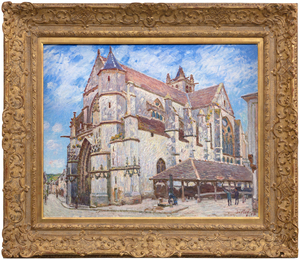
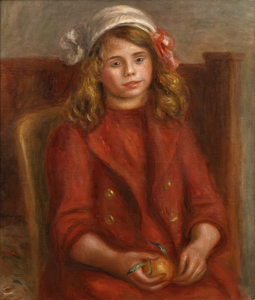
_tn43950.jpg )
